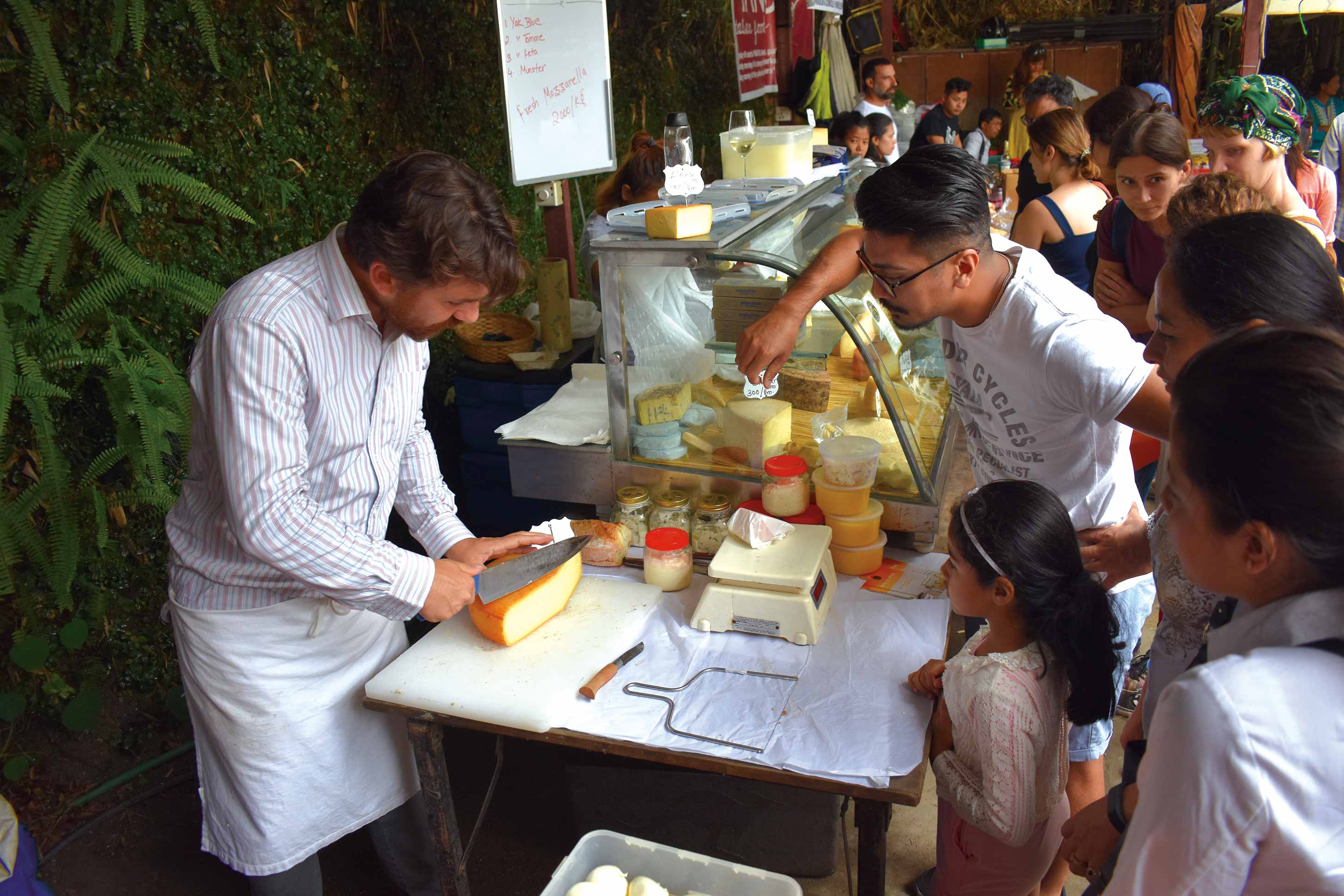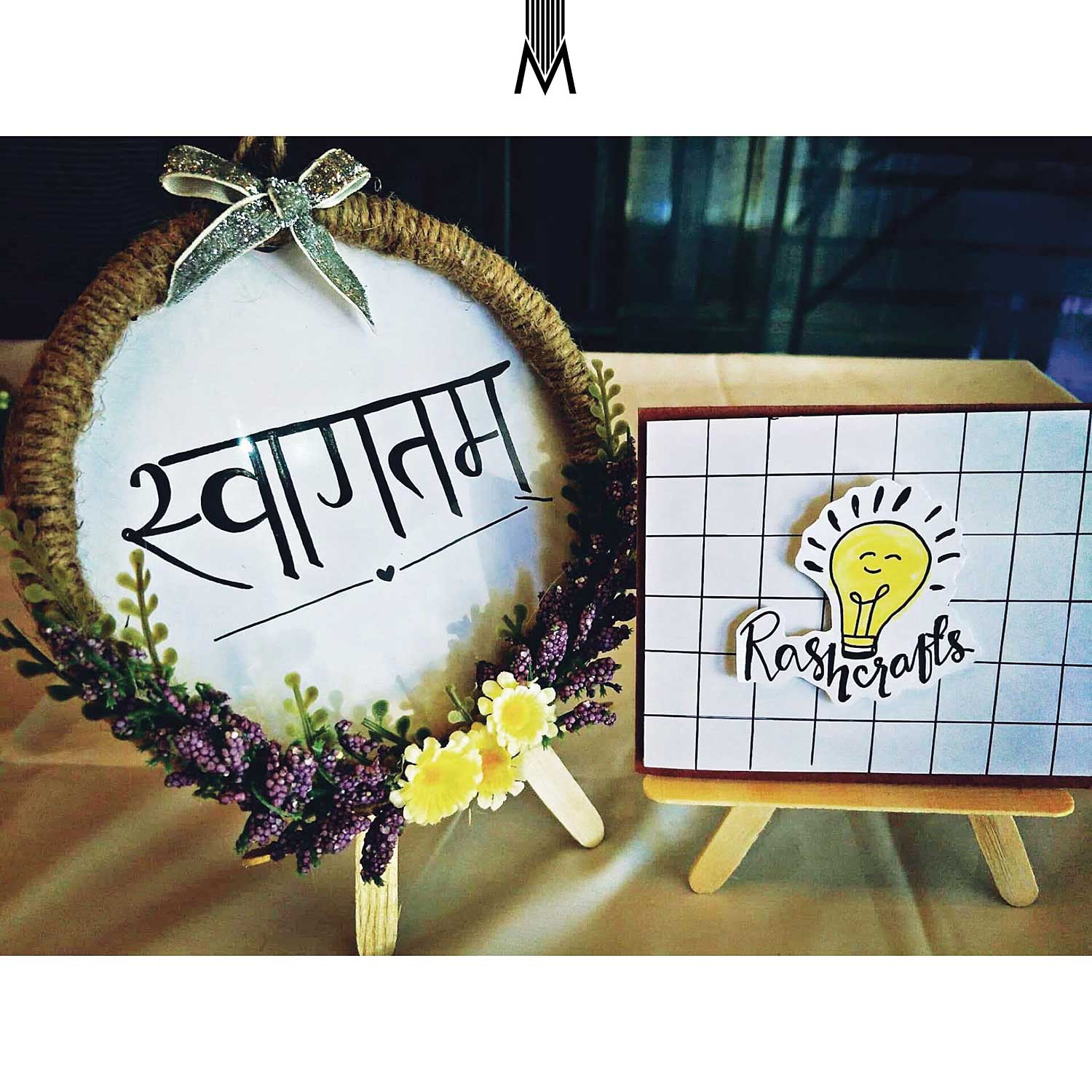
During the ‘Neolithic revolution’ humans made the transition from food-gatherers to settled food-producers. In this New Stone Age, people started turning to crafts such as beadmaking. Since then, beads have been worn as adornment and talismans besides being used as prayer beads.
Never walk into a beads wholesaler’s store un-less you know what you want. Trying to decide what to buy looking at his collection can be mind-boggling. The variety available in different shapes and sizes is simply amazing. The various materials they are made of, the wide range of colors and the infinite number of designs can push your brain to overload.
A bead is a small, decorative object that is pierced for threading or stringing. Some beads are however, molded onto a thread, hence the name MOT beads. Beads can range in size from less than a millimeter to several centimeters in diameter. If you look around the market, the most common material used for making beads are glass, plastic and stone although recently, more and more beads made of bone are filling up showrooms around Kathmandu. One reason could be that much of it is made locally, while most beads are imported. The materials for making beads are wood, ceramic, horn, ivory, metal, shell, pearl, coral, polymer clay, resin, synthetic material, fiber, paper and seeds.
The story of beads goes back to the ‘Neolithic revolution’ when humans made the transition from nomadic food-gatherers to settled food-producers. This was the New Stone Age and the period when people started turning their attention to craft besides growing crops and starting villages. They were already making weapons of stone and soon they were making beads to wear as jewelry. These beads were then traded for raw materials and played an important role in commerce. Such trade began as early as 6500 B.C. in western Asia and the Mediterranean. As Mesopotamia, India and Egypt developed into sophisticated societies, jewelry became an important art form within their cultures. Beads of lapis lazuli were a favorite of the Sumerians of southern Mesopotamia. The stone however, was mined in Afghanistan some fifteen hundred miles away. The Greeks made beads from rare amber while the Phoenicians and Romans spread the trade of glass beads far and wide. In Europe and western Asia, the craft of making beads developed under the aegis of wealthy patrons and soon the more technically advanced countries were trading them to the less advanced ones.
As societies became more organized and a hierarchical system was adopted, adornment, especially beads came to be seen more and more as a status symbol rather than something valued as magical or ritual objects. They were however, valued as amulets and as the priestly class and royalty hired jewelers, beadmaking technology developed rapidly. The early beads were made from gemstones and much exchange of raw materials took place: carnelian and agate came from India and Afghanistan, lapis lazuli came from Afghanistan while gold also used along with the stones, came from Iran. The Sumerian jewelry makers were highly developed and most techniques practiced by jewelers today were known to the ancient Sumerian artisans.
Amir Shahi, a wholesaler in Jhochhen, where many tourists shop has a wide range of beads. He has a large collection of beads made out of bone, which are mostly imported from India and are usually made in Delhi. “These are preferred by foreigners,” informs Shahi. “The market has not grown although we have quite a good local clientele. Since it’s fashionable to wear beads, they sell quite well locally,” he adds. His collection includes beads made of bone, gemstones, wood and glass.
Enayat of Shangri-la Gift House in Thamel has a wider range of beads. “The deep blue lapis lazuli came from Afghanistan and the deep green malachite is from South Africa, while the jade is from China,” he informs. The other beads include those made of aquamarine, onyx, garnet, carnelian, rose quartz, amethyst, amber, turquoise and other precious and semi-precious stones. They are hand carried to Nepal from Tibet, Afghanistan, Iran, Mongolia, Yemen and Morocco. “Garnet, crystal and opal are also mined in Nepal,” says Enayat. His father, who sold goods brought over from Lhasa started the business fifteen years ago. The shop moved from Basantapur to Thamel along with other businesses. “Most of our clients are foreigners, but we also get Tibetans and Newars,” adds Enayat. Beads here can cost anything from NRs 500/- to NRs 15,000/-.
At Ni Rita in the Blue Bird Mall, a customer can sit with the designer and have a necklace made to order. “It was always my hobby, and now it has turned into a business,” says Pratibha Yakthumba, the proprietress. “We get beads from all over the world. My friends bring them over from Indonesia, China, Thailand, India and Ghana in Africa,” explains Pratibha. Ni Rita showcases beads made of stones, glass, crystal, semi-precious and precious stones, pearls, ceramic, wood and what we know in Nepal as poté (cylindrical glass beads). “You can get them in all shapes and sizes and many different colors. Our clientele ranges from teenagers to middle aged and both foreigners and Nepalis,” she informs. The beads here will set you back anywhere from NRs 100/- to NRs 6000/-.
People use beads for different reasons. They are commonly worn as adornment while prayer beads are used for praying, counting each one with the thumb. Other beads are worn as talismans and are the most valued. There are some who believe that the rudraksha beads, normally worn by holy men, calms the wearer. For Nepali married women, poté has cultural value as they are worn during religious festivals. There was a time when most of it came from Yugoslavia, but today the market is full of poté from India, China and Japan. Beads are however, not always worn. Tiny glass beads are also used to make intricate designs on hats and handbags. These are very colorful beads that collectively form a mosaic.
Then there are the special beads like pearls and amber. Amber is the fossilized sap of extinct trees that lived in temperate and subtropical forests during the Eocene period, sixty million to forty million years ago. Similarly, pearls are an organic substance and produced by living organisms. They are formed by glandular secretions of certain living oysters and mussels. Pearls are found in the sea and in freshwater mollusks around the globe. Since they are perfected by nature, pearls do not require further cutting and polishing like other gems. Amber and pearls are valued for their beauty and durability.
Since beads can be made of almost anything, it’s price range is vast. Starting from a few hundred Nepali rupees, there are beads that can sell for thousands of dollars a piece. But the extravagantly priced ones are no ordinary beads, as they are believed to bring good fortune and at the same time serve as protectors. These beads are handed down from generation to generation and are sold only if a large investment in land or house is to be made, or sometimes to cover medical expenses. One such bead is made of the dZi stone.
The Jewel from Heaven: The dZi Stone
The unique dZi (pronounced zee)is a black and white or dark brown, stone/bead of etched or treated agate. It is revered in Tibet as the ‘precious jewel of supernatural origin’. This rare stone has captivated people’s imagination since time immemorial. To the Tibetans and other Himalayan people, the stone is the embodiment of the Buddha. They believe that Buddhas and Bodhisattvas are enlightened minds and energy that are formless and are manifested in physical form as dZi stones to enlighten all beings.
Tibetan religious beliefs have long prevented archeological excavations (earth spirits, it is believed, resent intrusion into the earth). Thus no stones have been unearthed in Tibet even under controlled research circumstances. Chinese texts, however, mention the dZi stones as early as the 7th Century AD. They suggest the stones (or the technical knowledge for making them) came to Tibet in ancient times from Iran or the ‘Empire of the Arabs’.
Benefits of the dZi Stone
Tibetans consider the dZi stone to be a very precious treasure. They believe it has magical powers and can remove all obstacles for the person who wears it. It prolongs the wearer’s life, protects from harm, and also brings good fortune. Over the years, the following benefits have been known:
- In the Medicine Buddha’s teachings, it says that the dZi stone will help heal illness, particularly blood-related diseases.
- It will protect a person from ill-willed enemies and from evil curses.
- The dZi stone, like an armor, will protect a person from evil spirits, both from this world and other worlds.
- The dZi stone will remove all obstacles so that a person will be protected from accidents, natural disasters and accidental death.
- It will increase a person’s power, fortune, good luck and wealth.
- The dZi stone will protect a person from all harmful weapons used by the enemy.
The lack of physical evidence as well as technical knowledge to recreate the stones exactly as they occur in nature, have only fueled the demand and desire for these rare stones.
Model: Sheela Rai
Courtesy: The Ramp. 4419974
Beads Courtesy: Amir Shahi, Jhochen, 4231408. Shangri-la Gift House, Thamel, 4265335 Ni Rita, Blue Bird Mall 4228833 (ext. 4410)











